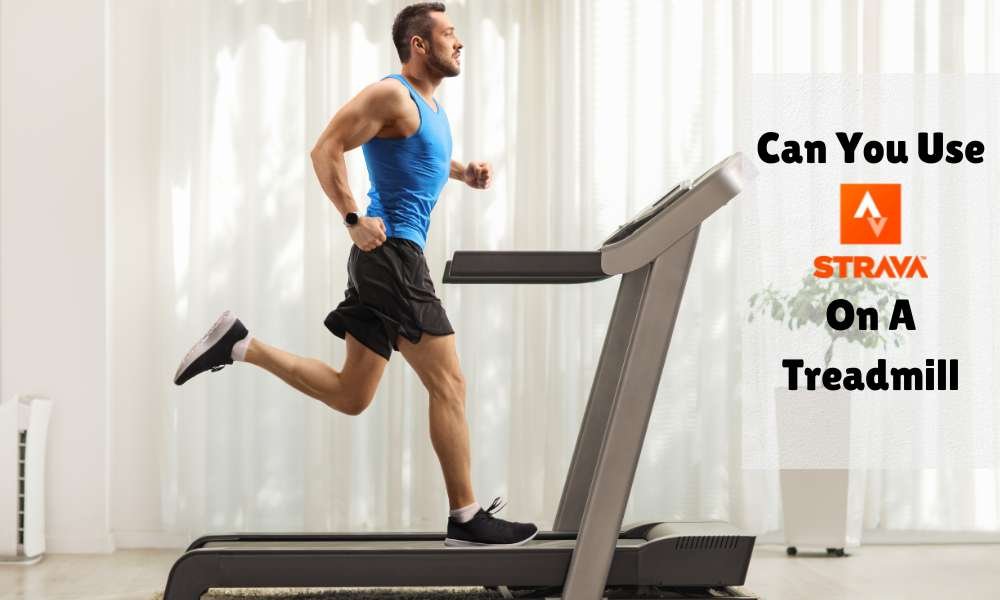Strava is one of the most popular fitness tracking apps, widely used by runners, cyclists, and athletes to monitor their performance and progress. Known for its GPS-based tracking, Strava excels at recording outdoor activities, providing detailed insights on distance, speed, and elevation. However, many users wonder whether Strava can be used on a treadmill to track indoor runs as accurately as outdoor workouts. Since treadmills do not rely on GPS, Strava requires alternative methods to log these workouts. Fortunately, users can manually enter their treadmill runs, sync data from fitness wearables, or use third-party apps for more precise tracking. This guide explores the different ways to use Strava on a treadmill, the best devices for integration, and potential accuracy concerns.
How Strava Tracks Workouts

Strava primarily tracks workouts using GPS-based outdoor tracking, which records real-time data on distance, speed, and elevation changes. This method is highly accurate for outdoor activities like running and cycling, but it does not work effectively indoors since GPS signals struggle to penetrate buildings. To accommodate indoor workouts, Strava offers manual entry options for indoor activities, allowing users to log their treadmill runs by entering details such as time, distance, and perceived effort after completing the session. While this method ensures the activity is recorded, it lacks real-time performance tracking. To enhance accuracy, Strava also supports compatibility with third-party devices, including smartwatches, heart rate monitors, and fitness apps like Garmin, Apple Health, and Fitbit. These devices can measure metrics such as step count, cadence, and heart rate while running on a treadmill, automatically syncing the data with Strava. This integration allows users to maintain a complete workout history without relying solely on GPS, making Strava a versatile tool for tracking both outdoor and indoor fitness activities.
Using Strava on a Treadmill
For indoor runners, Strava provides several ways to track treadmill workouts. One of the simplest methods is manually logging treadmill runs, where users input details such as distance, duration, and effort level after their workout. Although this method ensures the run is recorded, it does not offer real-time tracking or detailed performance metrics. A more advanced option is syncing data from fitness wearables like Garmin, Apple Watch, Fitbit, or Polar, which can measure speed, step count, and heart rate during treadmill sessions. These devices automatically upload workout data to Strava, providing a more precise record of treadmill runs. Some Strava users may also benefit from the Strava On A Treadmill app’s indoor run mode (if available), which estimates movement-based data without relying on GPS. This feature, combined with wearables or compatible treadmill apps, can provide a smoother tracking experience for indoor runs. By leveraging these options, treadmill users can ensure their indoor workouts are accurately recorded and analyzed within the Strava ecosystem.
Best Devices & Apps for Syncing Treadmill Runs
For users who want to track treadmill runs accurately on Strava, smartwatches and fitness trackers with Strava integration are among the best options. Devices such as Garmin, Apple Watch, Fitbit, and Polar come with built-in sensors that track pace, distance, cadence, and heart rate. These wearables sync seamlessly with Strava, ensuring that treadmill workouts are logged without requiring manual entry. Another effective solution is using treadmills with built-in Strava connectivity. Some high-end treadmills, like those from NordicTrack and Technogym, directly integrate with Strava, allowing workout data to be automatically uploaded after a session. This eliminates the need for external tracking devices and provides a more accurate representation of performance. Additionally, third-party apps like Zwift, Wahoo, and Runn Sensor enhance treadmill tracking by simulating outdoor runs and syncing with Strava. These apps use foot pods, Bluetooth sensors, or treadmill data to provide real-time pace and distance tracking, improving accuracy compared to manual entries. By using these devices and apps, runners can ensure that their indoor workouts are recorded as precisely as their outdoor runs.
Limitations & Accuracy Concerns
Despite Strava’s versatility, there are some GPS limitations indoors that affect its ability to track treadmill workouts accurately. Since Strava relies heavily on GPS for outdoor tracking, it cannot directly measure movement on a treadmill without external devices. This can lead to potential discrepancies in treadmill speed and distance, as treadmills themselves may not always be perfectly calibrated. Factors such as belt slippage, foot strike variation, and machine wear can cause differences between the treadmill’s displayed distance and what Strava records. To minimize these inconsistencies, users can ensure better accuracy with external devices like smartwatches, foot pods, and chest heart rate monitors. These accessories provide real-time biometric data and movement tracking, making treadmill runs more precise when synced with Strava. Additionally, calibrating the treadmill, using apps like Zwift or Wahoo, and regularly updating smartwatch firmware can help improve data accuracy. While Strava is not perfect for treadmill tracking on its own, combining it with the right technology can significantly enhance reliability.
Read more: Treadmills for Mental Health
Conclusion
Although Strava is primarily designed for outdoor GPS-based tracking, there are multiple ways to use Strava on a treadmill and accurately log indoor runs. Manually entering workout details is a simple option, but for better precision, syncing data from fitness wearables like Garmin, Apple Watch, or Fitbit ensures more accurate tracking. Additionally, third-party apps like Zwift and Wahoo can enhance the treadmill running experience by providing real-time performance metrics. While some accuracy limitations exist, using the right devices and calibrating the treadmill can help minimize discrepancies. By leveraging these tools, runners can effectively track their indoor workouts and maintain a complete training log on Strava.




